Leichte feuerfeste Steine
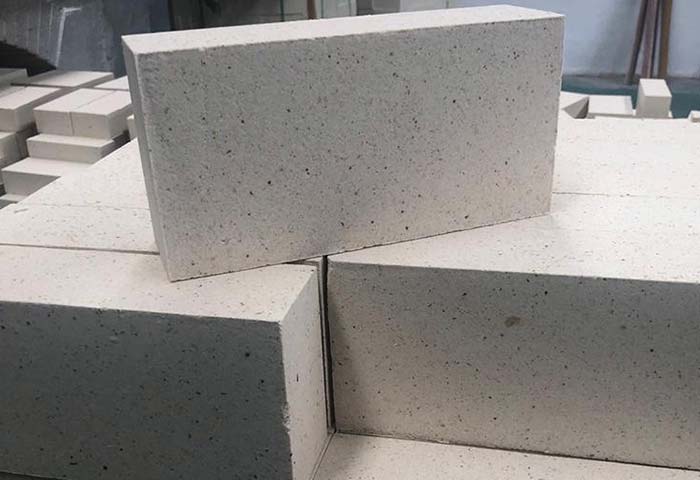
PRO Hersteller von Leichtziegeln bietet eine große Auswahl an leichten feuerfesten Steinarten, sowie auf Ihre Bedürfnisse zugeschnittene Produkte in verschiedenen physikalischen und chemischen Spezifikationen. Wir sorgen für beste Qualität und halten den Verkaufspreis gleichzeitig so niedrig wie möglich. Wir glauben an Ehrlichkeit und Integrität als Ihr vertrauenswürdigster Hersteller und zuverlässiger Partner.
Im Laufe der Jahre, Wir haben feuerfeste Standardsteine und profilierte feuerfeste Steine an verschiedene Branchen und Unternehmen geliefert. Unsere Servicephilosophie ist schnelle Bereitstellung, hochwertige Ergebnisse für alle unsere Kunden.
Unsere Produkte werden strengen Qualitätstests unterzogen, um eine hervorragende Leistung im Laufe der Zeit sicherzustellen.
Das Feuerfestunternehmen PER verfügt über einen großen Bestand an hochwertige leichte feuerfeste Steine. Kontaktieren Sie uns noch heute für einen besseren Preis für Leichtbauziegel.
Arten von leichten feuerfesten Steinen
Der Rohstoff für feuerfeste Leichtsteine lässt sich der Kategorie Ton zuordnen, Silizium, Aluminium, und Mullit. Leichtziegel sind isoliert, weil sie zahlreiche Poren enthalten (sowohl geschlossen als auch offen). Verfahren zum Verursachen von Porosität schließen die Zugabe von Brennstoffen ein, Schäume, und Chemikalien.
Ein leichtes feuerfestes Ziegelsystem ist eine poröse Struktur im Inneren, mit den Isolationseigenschaften von feuerfesten Produkten mit fester Blockisolierung, auch als leichte feuerfeste Isoliersteine bekannt. Je nach verwendeten Rohstoffen, Leichte feuerfeste Steine können in Ton unterteilt werden. Kieselsäurehaltig. Hoher Aluminiumoxidgehalt. Leichte Ziegelsteine, wie Magnesia.
Die Einsatztemperatur leichter isolierender feuerfester Steine liegt bei etwa 900 bis 2000 °C.
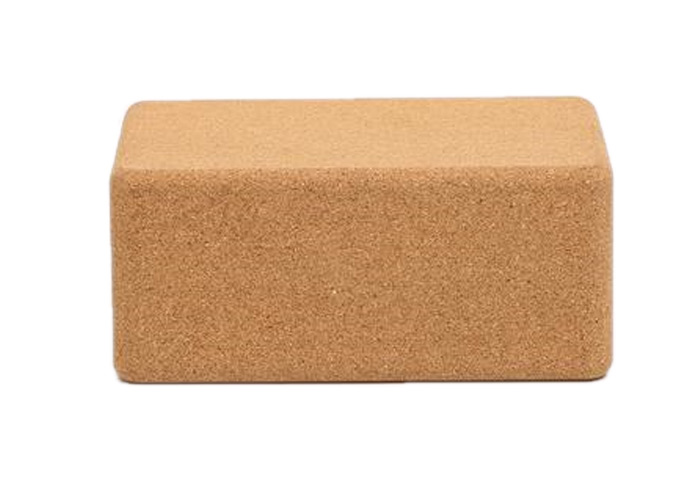
Leichte Isolierziegel aus Ton
Leichter Ton-Isolierstein besteht aus feuerfestem Ton als Hauptrohstoff mit einem Al2O3-Gehalt von 30 % bis 48 % der feuerfesten Isolierprodukte.
Sein Produktionsprozess übernimmt die Verbrennungsadditivmethode und die Schaummethode. Es besteht aus feuerfestem Ton, treibende Perlen, feuerfester Tonklinker als Rohstoff, Zugabe von Bindemittel und Sägemehl, und wird durch Chargenherstellung hergestellt, mischen, Formen, Trocknen, und feuern. Die Schüttdichte beträgt 0,31,5 g/cm3. Produkt. Die Produktion von Leichtton-Dämmsteinen macht mehr als die Hälfte der Gesamtproduktion von feuerfesten Dämmsteinen aus.
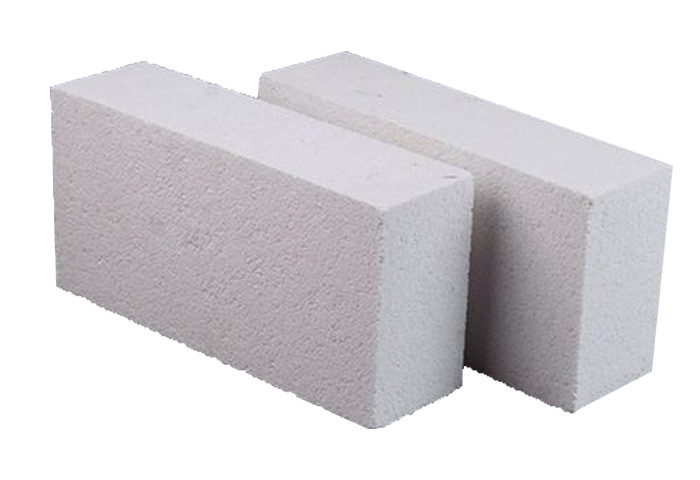
Leichter Aluminiumoxid-Hohlziegel
Leichter Aluminiumoxid-Hohlziegel wird auch als Wärmedämmstein mit hohem Aluminiumoxidgehalt bezeichnet. Der Aluminiumoxidgehalt liegt oben 48%, hauptsächlich aus Mullit und Glasphase oder Korund zusammen. Es hat eine Schüttdichte von 0,4–1,35 g/cm3, eine Porosität von 66%-73%, eine Druckfestigkeit von 1-8 MPa, und wird häufig in Keramik-Tunnelöfen verwendet, Rollenöfen, Herdwagenöfen, und Wandöfen. Sowie in verschiedenen Heiz- und Kokereiöfen und anderen thermischen Anlagen und Wärmebehandlungsauskleidungsmaterialien in der Stahlindustrie. etc.
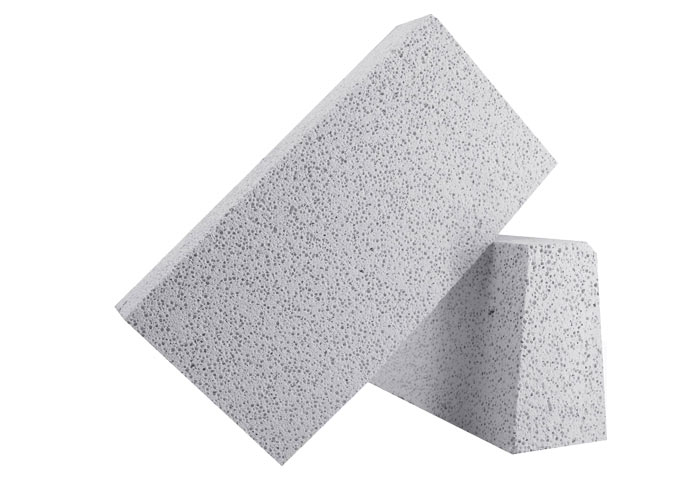
Leichte Mullit-Isoliersteine
Leichte Mullitsteine werden aus importiertem Plattenkorund und hochreinem elektrogeschmolzenem Korund als Hauptrohstoffen hergestellt. Hochtemperaturbeständigkeit bis 1790℃ oder mehr.
Die Starttemperatur für die Enthärtung der Ladung beträgt 1600–1700 °C, Druckfestigkeit bei Raumtemperatur 70–260 MPa, gute Temperaturwechselbeständigkeit, hohe Festigkeit, niedrige Kriechgeschwindigkeit bei hoher Temperatur, niedriger Ausdehnungskoeffizient, kleiner thermischer Koeffizient, beständig gegen saure Schlackenerosion.
Und es kann das Gewicht des Hochtemperaturofenkörpers erheblich reduzieren, die Struktur umwandeln, Material sparen, Energie sparen, und die Produktionseffizienz verbessern.
Es eignet sich zur Isolierung von Elektroöfen, verschiedene Hochtemperatur-Drehrohröfen, Tunnelöfen, Lachgasöfen, etc.
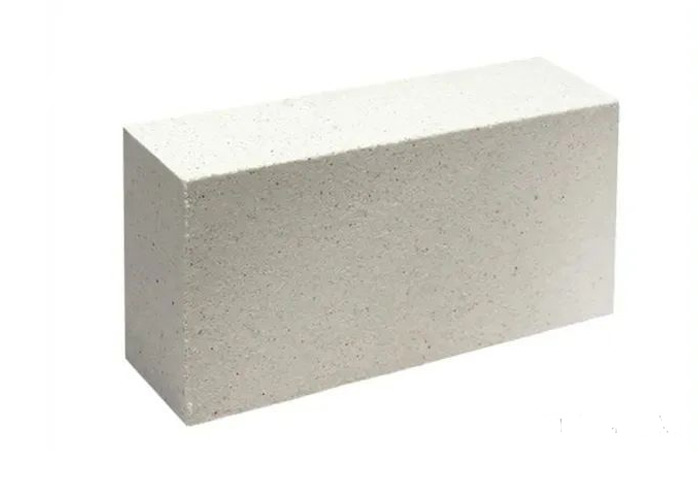
Leichter Silica-Isolierstein
Leichter Silizium-Isolierstein besteht aus Siliziumdioxid als Hauptrohstoff mit einem SiO2-Gehalt von mindestens 91% der feuerfesten Isolierprodukte.
Leichter Silizium-Isolierstein mit einer Schüttdichte von 0,91,1 g/cm3. Die Wärmeleitfähigkeit beträgt nur die Hälfte der eines gewöhnlichen Siliziumsteins, hat eine gute hitzebeständige Vibration, und seine Ladungserweichungsstarttemperatur bis zu 1600 ℃, viel höher als Lehmdämmziegel.
daher, die höchste verwendung temperatur von Silica-Isolierstein kann 1550℃ erreichen. Es schrumpft bei hohen Temperaturen nicht und dehnt sich sogar leicht aus.
Vorteile der von PER Refractory hergestellten Leichtbausteine
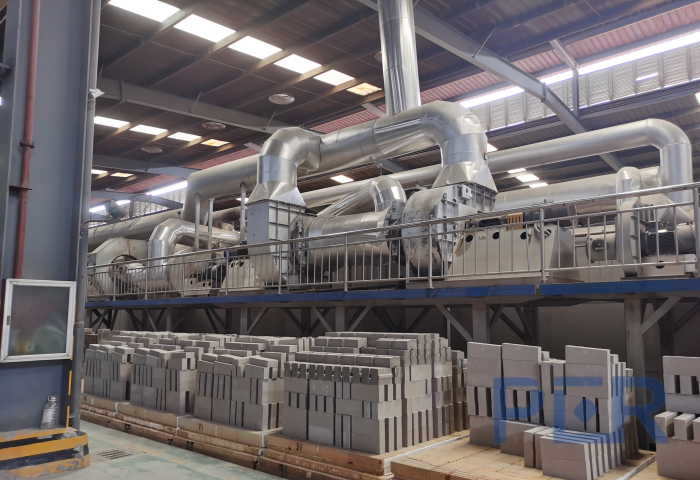
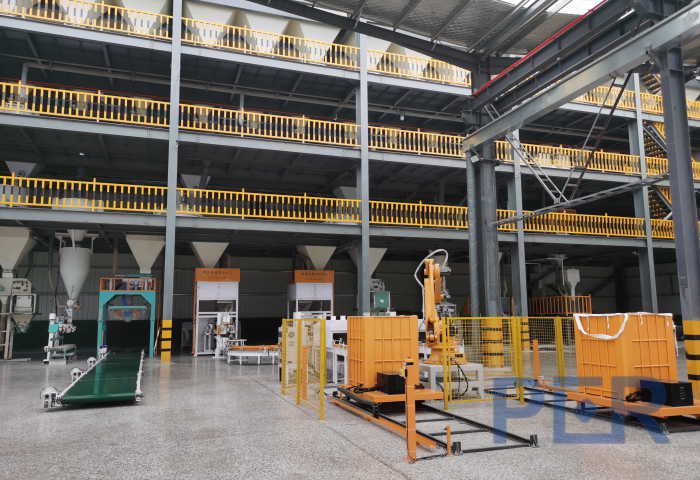
1. Leicht: Das wichtigste Merkmal von Leichtziegeln ist ihr Gewicht. Diese Ziegel sind viel leichter als herkömmliche Ziegel, wodurch sie einfacher zu handhaben und zu transportieren sind.
2. Wärmedämmung: Leichtziegel haben gute Wärmedämmeigenschaften. Sie haben eine geringere Wärmeleitfähigkeit als herkömmliche Ziegel, Das bedeutet, dass sie dazu beitragen können, die Temperatur eines Gebäudes effizienter zu regulieren.
3. Feuerwiderstand: Viele Leichtziegel sind feuerbeständig, Damit sind sie ideal für Gebäude in Gebieten, die anfällig für Waldbrände oder andere Arten von Bränden sind.
4. Schalldämmung: Leichtziegel weisen außerdem eine gute Schallabsorption auf, Damit sind sie eine ausgezeichnete Wahl für Gebäude in lauten Gegenden.
5. Umweltfreundlich: Viele Leichtziegel werden aus recycelten Materialien hergestellt, Das macht sie zu einer umweltfreundlichen Wahl.
6. Kostengünstig: Leichtbauziegel sind in der Regel günstiger als herkömmliche Ziegel, Dies macht sie zu einer kostengünstigen Wahl für Bauprojekte.
PER Refractories ist ein professioneller Hersteller von feuerfesten Schamottsteinen. Die von uns produzierten Leichtziegel bieten eine Vielzahl von Vorteilen, einschließlich ihres Gewichts, thermische Leistung, Feuerwiderstand, Schalldämmung und Wirtschaftlichkeit. Aufgrund der großen Vielfalt an Materialien, die zur Herstellung von Leichtziegeln verwendet werden, Bauherren können Materialien auswählen, die ihren spezifischen Anforderungen entsprechen.
Die Produktionsmethode von Leichtbauziegeln
Der Grund für die Wärmedämmung von leichten wärmedämmenden Ziegeln liegt darin, dass der feuerfeste Ziegel viele Poren enthält (geschlossene und offene Poren). Die Methoden, die die Porosität verursachen, d.h.
Die Herstellungsweise von Leichtziegeln
1. Hinzufügen brennbarer Materialien. Fügen Sie dem Schlamm die richtige Menge an Verbrennungszusätzen hinzu, wie Sägemehl. Kohlepulver. Braunkohle- oder Torfkokspulver. Petrolkokspulver. Walnussschalen, etc. Beim Brennen der feuerfesten Steine zur Porenbildung werden die Akzessionen abgebrannt. Wenn die Akzessionen ausgebrannt sind, die Asche sollte weniger sein.
2. Schaummethode. Fügen Sie dem Schlamm ein Schaummittel hinzu, damit der Schlamm Blasen erzeugt. Und fügen Sie ein Fixiermittel hinzu, um die gebildeten Blasen zu stabilisieren.
3. Chemische Methode. Carbonat und Säure hinzufügen, Ätzalkali, Aluminium, oder Metall und Säure in den Schlamm. Das Gas wird durch eine chemische Reaktion erzeugt, um dem Produkt Luftporen zu verleihen.
Über PER Refractories Company
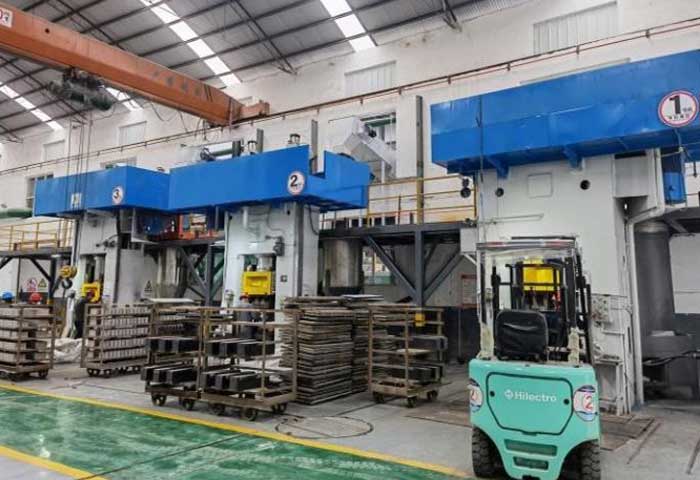
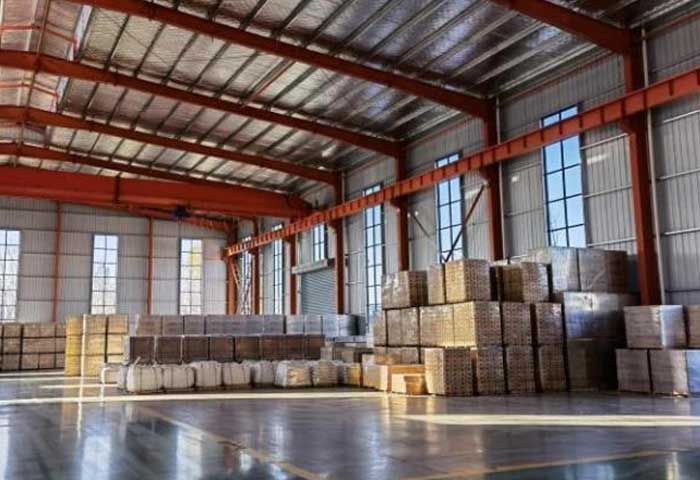
PER Refractories Company befindet sich in der Stadt Xinmi, Provinz Henan, die Heimatstadt der feuerfesten Materialien in China. Unser Unternehmen ist ein technologiebasiertes Feuerfestunternehmen, das R&D, Produktion, Verkauf, und technischer Service. Die reichen Ressourcen und die hervorragende Qualität des Gebiets bieten unvergleichliche hervorragende Bedingungen für die Herstellung von feuerfesten Materialien. Unsere Hauptprodukte sind feuerfeste Tonziegel, feuerfeste Steine mit hohem Tonerdegehalt, feuerfeste Kieselsteine, feuerfeste Magnesiumsteine, Mullit-Steine, Dämmsteine, und andere hochtemperaturbeständige Produkte.
PER betrachtet das Wichtigste, Wir glauben daran, jedes Produkt ernst zu nehmen und jeden Kunden aufrichtig zu empfangen. Um allen unseren Kunden schnelle und qualitativ hochwertige Ergebnisse zu liefern. PER Refractories ist Ihr vertrauenswürdigster Feuerfesthersteller und zuverlässiger Partner.
Firma PER Feuerfest ist die Produktionsbasis von Grün, Energie sparen, und umweltfreundliche neue feuerfeste Materialien. Unser Unternehmen hat ISO9001 bestanden:2008 internationale Zertifizierung von Qualitätssicherungssystemen und GB/T24001-2004 / ISO14001:2004 Zertifizierung von Umweltmanagementsystemen, Zertifizierung der Unternehmensqualitätsinspektionsstelle. Unsere Produkte werden gut in mehr als verkauft 20 Länder weltweit. Sie sind die bevorzugten feuerfesten Produkte für die Metallurgie, Nichteisen, petrochemisch, Glas, Keramik, und andere Feuerfestindustrie.
